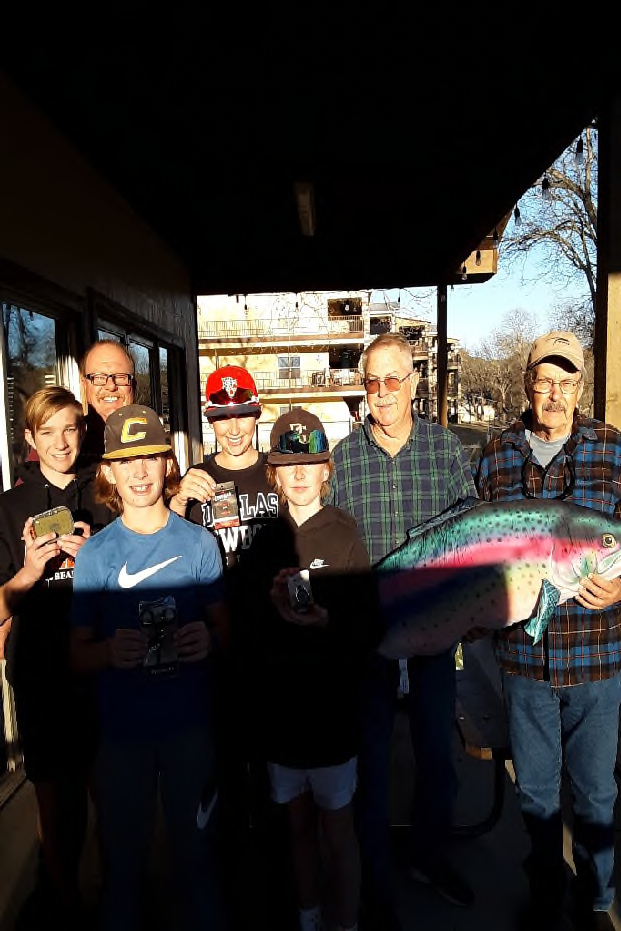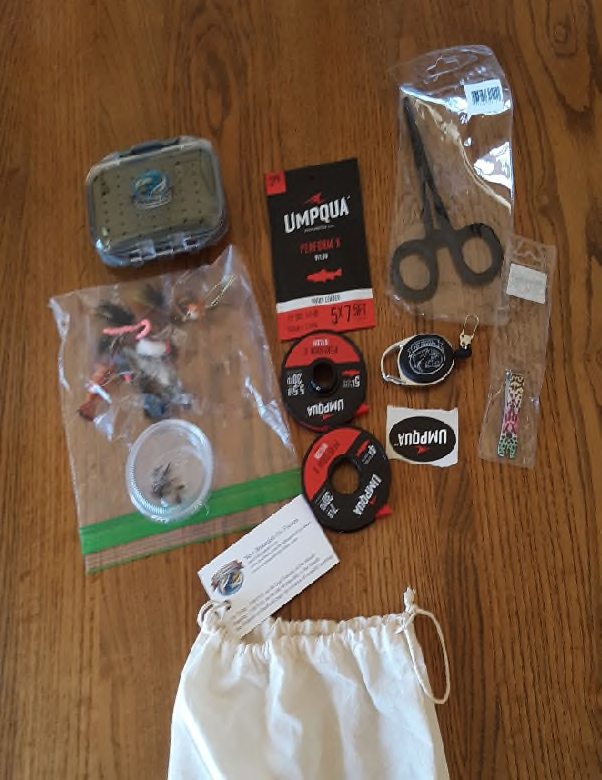Minutes of NBFF Membership Meeting
01/25/2023 – New Braunfels Public Library
Dan Cone called the meeting to order at 7:00 pm at the New Braunfels Public Library.
Gary Nyland reported that seven people attended the last fly tying meeting. The next meeting is scheduled for February 2nd and the fly they will tie is a Hare’s Ear.
Pat McQuinn said that we had 39 members as of 1/18; plus, 2 new members that just joined this evening bring the total to 41.
Ron DeMeyer reported the outing on the Guadalupe at Action Angler was a success with 6 members fishing. All caught fish.
Morgan Ferry continues to develop our Instagram account to give us the best opportunity to grow our club and showcase our activities.
The club booth at Troutfest can be set-up on Thursday, February 16 from 12 – 5 pm and Friday, February 17 from 9 – 4. Ron asked that we set-up on Thursday around 2:00 pm. Ron will communicate the schedule in the future.
William Townsend was our speaker. William owns “Light and Fly” Fly Fishing in Corpus Christi. He talked about the coastal fishery in general and then concentrated on the importance of good casting habits and that practice was the key to success when fishing the coast.
Dan adjourned the meeting at 8:50 pm.



